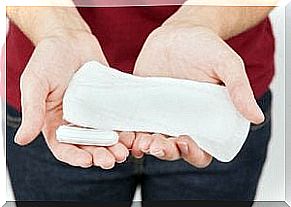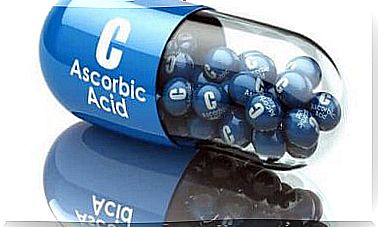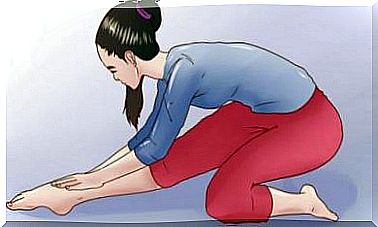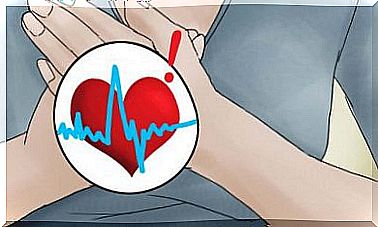What You Need To Know About Injections – 4 Injection Types

There are four types of injections, which are classified according to where the medicine is given using the syringe. The drugs to be injected are parenteral, ie they are stored in two types of glass containers: ampoules and small vials. In this article, we will tell you all the essentials you need to know about injections.
Ampoules are sealed containers with a high neck and a constriction at the bottom. By breaking the neck of the ampoule, the medicine is taken out of the bottle.
Also, small vials are sealed containers with a short neck and a hard plastic cap with a metallic edge. In order to get the medicine into the syringe from this container, you must first draw as much air into the syringe as you need the medicine.
The drug may be ready as such or may require some other substance for mixing. Next, we present four different types of injections and describe the characteristics of each injection.
Everything essential you need to know about injections
1. Intravenous or intravenous injection

Hospital staff use the intravenous route to administer the drug in the following cases :
- In an emergency
- In cases of serotherapy
- In the administration of diluted drugs
When administered intravenously, the drug is absorbed immediately.
2. Intradermal different intradermal injection
This type of injection is used for diagnostic tests, such as skin tests (allergy tests) and for local anesthesia.
For intradermal injection, the dose should be equal to or less than 0.3 milliliters. The medicine is usually given with a one-millimeter injection or a short oblique needle, which is usually orange or clear.
The injection can be given in the shoulder, in the middle of the inside of the forearm or in the upper middle back.
Measures
One hand tightens the skin at the injection site and the other hand uses the injection needle almost parallel to the skin and obliquely upwards. The medicine forms a water clock, after which the needle is removed so that no pressure is applied to the water clock.
3. Subcutaneous or subcutaneous injection
The drug administered in this manner is injected into the subcutaneous tissue. The most common medicines given through this route are:
- Vaccines
- Heparin
- Insulin
In this way, 1.5 to 2 milliliters of the drug are administered using 1 or 2 milliliter syringes. The syringes have an orange, medium-sized oblique needle. When given in this way, the medicine is absorbed slowly, and the most common injection sites are the outside of the arm, the front of the thigh and the abdomen, and the area of the scapula in the back.
Measures
Once the area of skin to be injected has been disinfected, the caregiver will catch the skin. He places the needle at a 45-degree angle to the skin, with the oblique end of the needle pointing up. The syringe plunger should be pulled out to make sure the injection does not hit a blood vessel.
The angle of administration changes with heparin administration. The patient should be reminded not to touch or press the injection site to avoid bruising.
4. Intramuscular or intramuscular injection

Intramuscular injection means that the medicine is given into a muscle using a syringe. The most common drugs administered in this way are vaccines, analgesic analgesics, anti-inflammatory drugs, corticosteroids, and antibiotics.
When injected intramuscularly, the drug is absorbed faster than when administered subcutaneously. The onset of action is approximately 15 minutes after administration. Up to 15 milliliters of the medicine can be injected and a 2-5 milliliter syringe with a medium-sized bevelled head is used to administer the medicine. In adults, a green needle is used.
The most common areas where an intramuscular injection can be made are in the upper and outer part of the gluteal muscle, the shoulder muscle, or the outer thigh muscle.
Measures
When giving the injection, the caregiver inserts the needle directly into the muscle at a 90-degree angle. When injecting the medicine, the caregiver pulls the plunger out so that the needle does not puncture the capillary.
The medicine is injected into a muscle slowly, as it can be quite painful. This is because the muscle fibers are attached to each other and separate when fluid gets between them. This can cause pain. At the end of the procedure, the caregiver removes both the syringe and the needle.
The way the injections are given depends on the medicine and the situation
As you may have noticed as you read this article, the method of administration of parenteral drugs varies and depends on a variety of factors. It is good for you to know about the injections and the procedures involved so that you know what will happen next time you are in the hospital.









